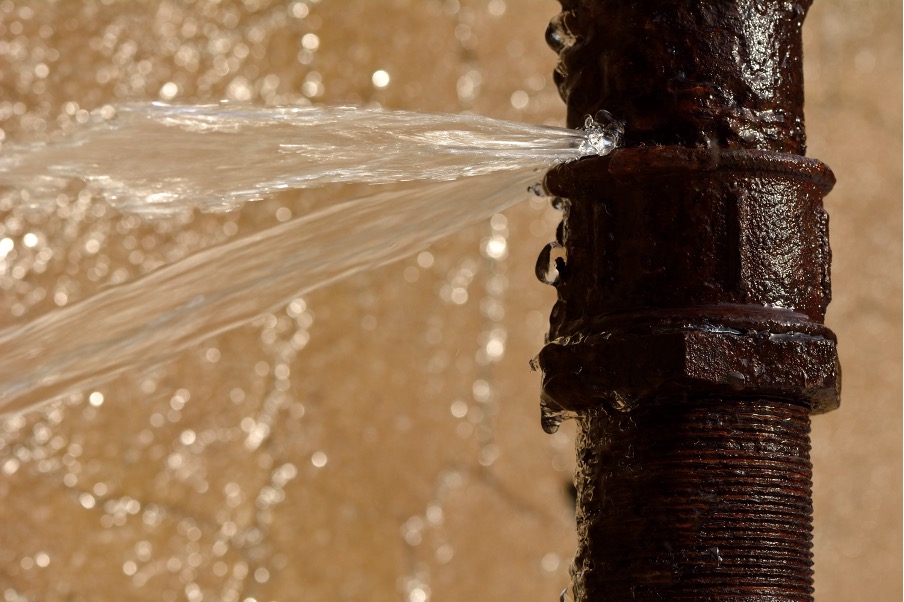Finding Hidden Water Line Leaks: Six Effective Detection Methods
Finding Hidden Water Line Leaks: Six Effective Detection Methods
Blog Article
How do you actually feel on the subject of Finding hidden leaks?

Early discovery of dripping water lines can reduce a potential disaster. Some little water leakages may not be visible.
1. Examine the Water Meter
Every house has a water meter. Examining it is a guaranteed way that aids you find leaks. For beginners, shut off all the water sources. Make certain nobody will certainly flush, use the tap, shower, run the washing device or dishwashing machine. From there, go to the meter as well as watch if it will change. Because no person is utilizing it, there must be no motions. That shows a fast-moving leak if it relocates. Similarly, if you identify no changes, wait an hour or two and inspect back once again. This indicates you might have a slow-moving leakage that might even be underground.
2. Check Water Intake
If you find abrupt changes, regardless of your usage being the exact same, it indicates that you have leaks in your plumbing system. An abrupt spike in your bill shows a fast-moving leak.
A stable boost every month, also with the very same routines, shows you have a slow leakage that's likewise slowly escalating. Call a plumber to extensively inspect your building, specifically if you feel a cozy area on your flooring with piping beneath.
3. Do a Food Coloring Test
When it comes to water consumption, 30% comes from toilets. If the color in some way infiltrates your bowl during that time without flushing, there's a leak in between the container and dish.
4. Asses Outside Lines
Don't forget to examine your exterior water lines as well. Ought to water seep out of the link, you have a loosened rubber gasket. One small leakage can throw away loads of water as well as spike your water expense.
5. Check as well as Assess the Circumstance
Home owners ought to make it a habit to examine under the sink counters and also inside cabinets for any kind of bad odor or mold development. These two red flags show a leak so timely attention is needed. Doing regular evaluations, also bi-annually, can save you from a major issue.
Check for stainings as well as compromising as the majority of appliances as well as pipelines have a life expectancy. If you think leaking water lines in your plumbing system, don't wait for it to escalate.
Early detection of leaking water lines can mitigate a potential disaster. Some little water leakages might not be visible. Checking it is a surefire means that aids you find leaks. One tiny leakage can lose lots of water and increase your water expense.
If you think dripping water lines in your plumbing system, don't wait for it to escalate.
How to Know If Your Home Has a Hidden Leak
Water Meter Reveals Inexplicable Water Usage
If you’d like to test whether or not there’s a leak somewhere in your home, you can do this using your water meter. Here is how to conduct the test:
Don’t use any water in your home for at least 30 minutes; this also means not turning on faucets or water-using appliances.
Go outside, and check your water meter for activity.
If your water meter shows that there was activity, even though no one was using any water, this proves that there is a leak in your home.Visible Mold or Mildew Growth
Leaks behind walls create moist, dark environments that allow mold and mildew to grow and thrive. Eventually, you might see mold growth forming on the wall closest to a hidden leak.
If mold is growing in an area that receives a high amount of moisture, such as a bathroom, it may simply be an indication that better ventilation is needed. However, if you see mold growth on a wall or the ceiling in an area where you would not expect, you probably have a hidden leak.
Musty, Mildew Odor
Sometimes you might not be able to see the mold or mildew that is growing as a result of a leak. However, the smell can give the problem away just as easily. If you catch a whiff of something musty, there’s a good chance that old water is collecting somewhere in your home that you can’t see.
Stained/Warped Walls, Ceilings, or Floors
When your home soaks up water, a variety of red flags can become visible, including ceiling stains, bubbling drywall, warped walls, and sagging floors. While these issues can be caused by excess humidity, they can also be signs that a pipe or plumbing connection has started leaking behind your walls.
Inexplicably High Water Bill
After a while, you get a general sense for what your water bill should be. If you own a pool or sprinkler system, your bill will tend to be higher during summer. However, if you receive a water bill that seems especially high, and you can’t figure out what caused it, then you may have a hidden leak somewhere that’s increasing your bill.
https://www.plumbingjoint.com/blog/2019/july/how-to-know-if-your-home-has-a-hidden-leak/

We are very taken with Hacks to detect leaks and I really hope you enjoyed reading the entire piece. Sharing is good. Helping others is fun. Thank you for going through it.
Address all plumbing emergencies here. Report this page